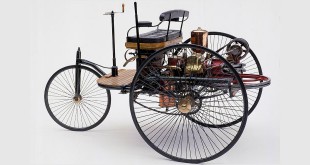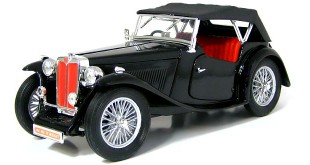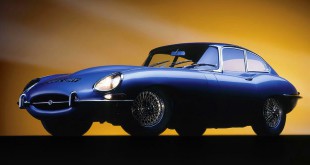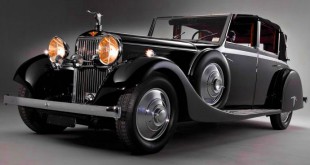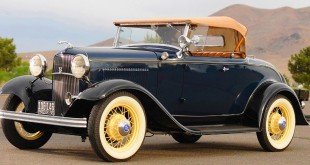Porsche 911S —  The Porsche 911S (1967; Germany) used a high-performance overhung rear 6-cylinder engine and independent wheel suspension.
The Porsche 911S (1967; Germany) used a high-performance overhung rear 6-cylinder engine and independent wheel suspension.
The Porsche 911 (pronounced as nine eleven) is a sports car made by Porsche AG of Stuttgart, Germany. The famous, distinctive and durable car has undergone continuous development since its introduction in 1964. Mechanically it is notable for being rear engined and, until the introduction of the all-new Type 996 in 1997, air-cooled.Since its inception the 911 has been modified, both by private teams and the factory itself, for racing, rallying and other types of automotive competition. It is often cited as the most successful competition car ever, especially when its variations are included, mainly the powerful 935.
In the international poll for the award of Car of the Century, the 911 came fifth after the Ford Model T, the Mini, the Citroën DS and the Volkswagen Beetle. It is the most successful surviving application of the air (or water) cooled opposed rear engine layout pioneered by its original ancestor, the Volkswagen Beetle.The new 3.0 L 911 SC (2994 cm³) was now the basic model. It was in effect a Carrera 3 (known as a 911S in the US) detuned to provide 180 PS (132 kW). The “SC” designation was reintroduced by Porsche for the first time since the 356 SC (as distinguished from the race engined 356 Carrera). No Carrera versions were produced , the 930 Turbo remaining at the top of the range. Yet, the weight of the extra equipment on these cars was blunting performance compared with what would have been expected from earlier, lighter cars with the same power output. So power was increased to 188 PS (138 kW) for 1980, then finally to 204 PS (150 kW). (see below)
SCs sold in the UK could be specified with the Sport Group Package (UK) which added stiffer suspension, the rear spoiler, front rubber lip and black Fuchs wheels.In 1981 a Cabriolet concept car was shown at the Frankfurt motorshow. Not only was the car a drop top, but it also featured four-wheel drive. In late 1982 (debuting as the 1983 model) the first 911 cabriolet went on sale (the first Porsche cabriolet since the 356).
To many, this was a much more attractive car than the Targa, the other open-top 911. But while the Targa was priced to match the regular car, the Cabriolet cost significantly more. Cabriolet versions of the 911 have been offered ever since.In 1979 Porsche made plans to replace the 911 with the 928, but the 911 still sold so much better than the 928, that Porsche revised its strategy and inject new life into the Type 911 European editions. Those cars (1981–1983 911 SCs) were massaged to yield 204 bhp at 5900 rpm from their 2994 cm³ powerplants. North America would have to wait for the replacement 3.2 L 911 Carrera in 1984 before seeing any extra horsepower.
 Kids Portal For Parents India Kids Network
Kids Portal For Parents India Kids Network
